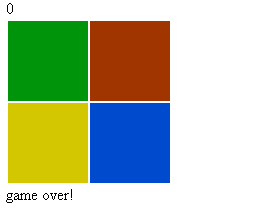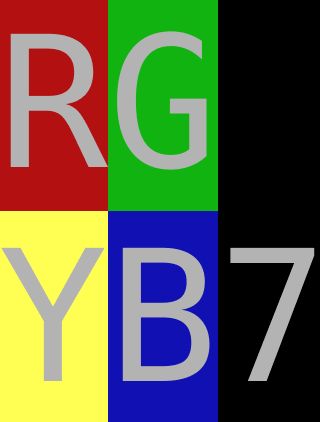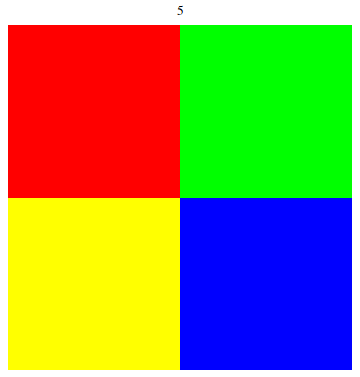HTML5 and Javascript, 1118-100-25=993 bytes

Way too bloated HTML+Js version.
Plays sounds through the Web Audio API.
Frequencies of the notes should be the original Simon's ones, colours and colour placement too.
There is an online demo here: http://www.dantonag.it/miniSimon.html. Works in Web Audio compliant browsers (at least Chrome and Firefox, IE doesn't support it, AFAIK).
<html><script>
var hc=["#0f0","red","#ff3","blue"],lc=["#090","#930","#cc0","#33c"],nt=[391,329,261,195],ln=[],qpos=0,pm=0,x,ct=new AudioContext;function ps(a,d){var b=ct.createOscillator();b.frequency.value=d;b.connect(ct.destination);var c=ct.createGain();b.connect(c);c.connect(ct.destination);c.gain.value=-.5;x[a].style.backgroundColor=hc[a];b.start(0);setTimeout(function(a,b){a.stop(0);x[b].style.backgroundColor=lc[b]},500,b,a)}
function w(a){2==pm&&(a!=ln[qpos]?(pm=3,document.getElementsByTagName("span")[0].innerHTML="game over!",ps(a,156)):(qpos++,ps(a,nt[a]),qpos>=ln.length&&(pm=qpos=0)))}function ml(){if(0==pm)document.getElementsByTagName("div")[0].innerHTML=ln.length,ln.push(Math.floor(4*Math.random())),pm=1;else if(1==pm){var a=ln[qpos];qpos<ln.length?(ps(a,nt[a]),qpos++):(qpos=0,pm=2)}setTimeout(ml,500)}window.onload=function(){setTimeout(ml,1);x=document.getElementsByTagName("td")};</script><div>0</div><table cellpadding=40><tr><td bgcolor=#090 onmousedown=w(0)><td bgcolor=#930 onmousedown=w(1)><tr><td bgcolor=#cc0 onmousedown=w(2)><td bgcolor=#33c onmousedown=w(3)></table><span></span>
My record is 15 (I'm pretty bad at this game). What's yours?










@Liam McInroy AFAIK a block is 2 bytes for the block ID and 4 bytes to store it's position in the world. – Pavel – 2016-09-26T19:33:14.327
13GUI and code-golf don't generally work together. – user80551 – 2014-03-29T06:40:25.053
3This should be doable in Minecraft. Wouldn't surprise me if someone already has. Don't know how one'd submit that here though... – Kninnug – 2014-03-29T10:58:11.443
@Kninnug the amount of blocks * bytes per block;) – Liam McInroy – 2014-03-29T18:08:05.533